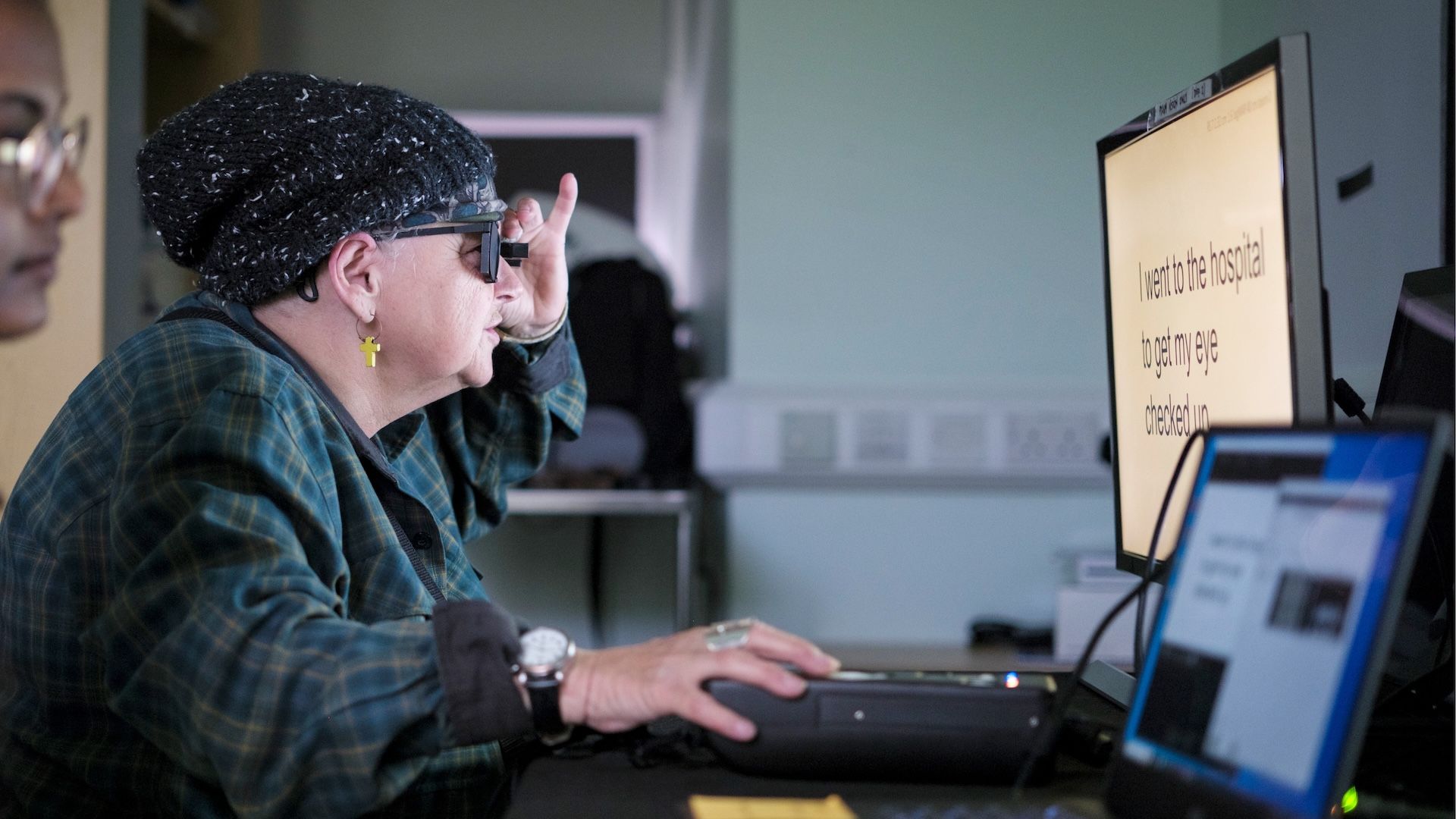A major vaccine advancement could protect some of the world’s rarest creatures from a deadly disease that’s killed hundreds of millions of birds and animals. Australia and New Zealand are the last major destinations where a highly virulent strain of avian influenza, HPAI, has not spread, and both countries are preparing for its inevitable arrival.
Because the two countries’ ecosystems evolved in isolation, their wildlife is believed to have little immunity to the virus, and experts have warned it could cause extinctions. New Zealand has the highest proportion of threatened species in the world, and it has been leading the way in protecting its birdlife with a vaccine trial.
The Department of Conservation (DOC) announced this week it has completed a year-long intensive trial on five captive species, the first time this has been done in the world.
All of the participating species have populations that are worryingly low and threatened with extinction. They included the kākāpō, takahē, kakī, tūturuatu and kākāriki, and up to 10 birds from each species were vaccinated. Because of the vulnerability of the remaining orange-fronted kākāriki, only red-crowned kākāriki could be used in the trial.
The trial was completed for a modest $66,000, but its results are priceless, because officials concede that once the virus arrives in New Zealand, eradication will be limited, and management options will be “limited”.
DOC senior science advisor Kate McInnes said trials had been conducted overseas but it was not known how New Zealand’s unique species would respond. “It won’t be possible to vaccinate all our endangered birds, but we can focus on species in captivity where the full two doses of the vaccine can be given,” she said.
Related: Three virus changes trigger concern as odds of new human pandemic rise
Key vaccination research shared with Australia
Australia and New Zealand are understood to have worked closely on their preparations to respond to the virus. DOC’s vital research has now been shared with Australia, as that country’s wildlife experts and politicians decide how to proceed in protecting birdlife when HPAI arrives.
Whether Australia will also turn to vaccinations is unknown. A Commonwealth government spokesperson told Yahoo News via email it is “considering” vaccination of priority threatened species in captivity, noting the intention would be to “build on” biosecurity measures already in place.
The country’s Department of Agriculture published a policy in February advising vaccination was not an alternative to “effective biosecurity”. “If rare and valuable birds are already housed in biosecure units, vaccination may not significantly increase their protection,” it advised.
Ongoing habitat destruction, an inability to control invasive species, and failed threatened species laws have led to a growing number of bird species facing extinction in Australia.
Earlier in August, environment minister Murray Watt announced a component of the government’s plan to protect its birdlife from HPAI, by investing in zoos to improve quarantine populations of species like the plains-wanderer and the Regent honeyeater.
“Of course, what we want to do as Australians is make sure that we have these populations of threatened species for the future,” Watt said at the time.
The response will include a $2.8 million investment from the Albanese government to be shared between 23 captive-breeding facilities and support 20 threatened species. Last October, it announced that $35.9 million had been earmarked to help protect native fauna from HPAI, which was welcomed by conservation groups.
The New Zealand vaccine trial was completed with technical expertise donated by PacificVet, and most of the laboratory testing was donated by BioPacifica Laboratories. The $66,000 figure does not include staff time.
Love Australia’s weird and wonderful environment? 🐊🦘😳 Get our new newsletter showcasing the week’s best stories.
Source link


